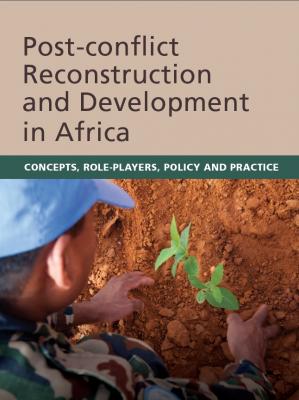Post-conflict reconstruction and development in Africa: Concepts, role-players, policy and practice
Synopsis
During the 1990s, nine out of ten of the bloodiest conflicts occurred on the African continent. And despite some 20 peacebuilding operations in Africa in the last 25 years, there is still a significant lack of cohesive strategy to target the key areas in the regeneration of a conflict-ridden country. An Afrocentric perspective is therefore a suitable starting point for research into the possible strategies for post-conflict peacebuilding.
It is clear that a military approach to peace missions needs to include developmental, economic and governance support to ensure lasting stability and human security. Furthermore, an army needs to be equipped and trained for these multiple roles that previously were regarded as secondary functions, but are now priorities in peace mission involvement.
The authors of this book consider the problems around the concept of ‘post-conflict’ and the blurring of military and civilian roles, analysing the UN roles in the DRC and Sierra Leone, as well as the African Union Mission in Burundi. The main context of the book, however, is the South African Army’s strategy, which has been developed with the African Union’s 2006 Post-conflict, Reconstruction and Development Needs Assessment Guide in mind. This book emanates from this plan. It therefore also explores South Africa’s policy imperatives to integrate development projects and peace missions, involving the military as well as civilian organisations.
While this book is not intended as an instruction manual, it hopes to ignite an understanding of the particular processes required to develop a sustainable and cohesive post-conflict peacebuilding strategy within the African environment.
Downloads



